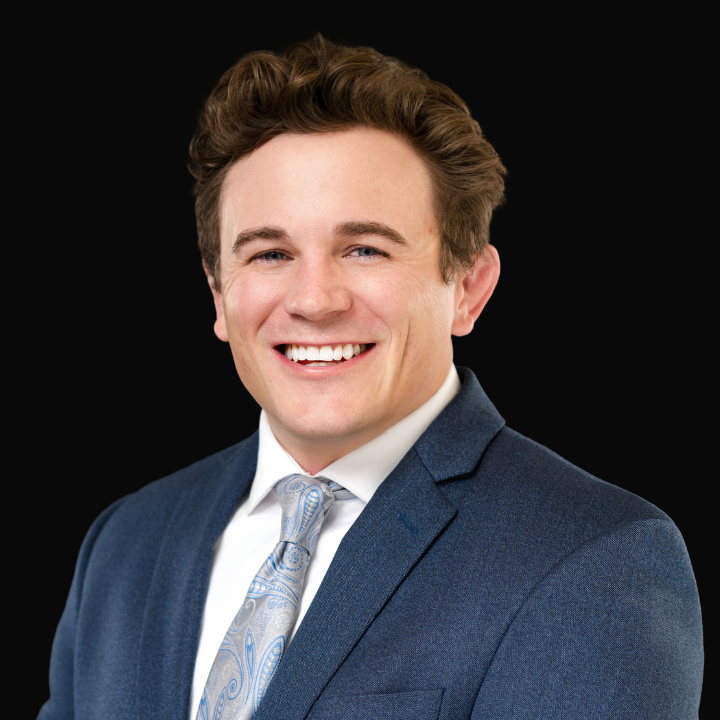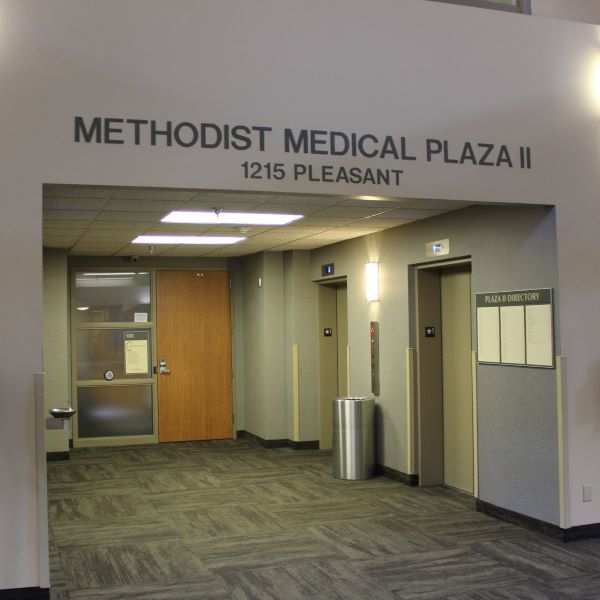Spinal Conditions We Treat
The spine is made of 33 vertebrae and supported by bones, muscles, tendons, ligaments and nerves. Our surgeons are trained to deal with these complexities. We treat a variety of spinal conditions, including arthritis, cancer, disc disease, deformities and fractures.
Arthritis or Facet Joint Syndrome
Cancer (Cervical, Thoracic, Lumbar Spine)
Carpal Tunnel Syndrome
Cauda Equina Syndrome
Degenerative Deformities of the Spine (Scoliosis)
Degenerative Disc Disease
Herniated or Prolapsed Cervical Disc
Herniated or Prolapsed Lumbar Disc
Herniated or Prolapsed Thoracic Disc
Spinal Cord/Root Tumors
Spinal Injuries
Spinal Stenosis
Spondylolistheses
Spinal Treatments & Procedures We Provide
We're committed to aligning you with the best surgeon for your condition. Our surgical team is experienced in fusions, vertebroplasty, discectomy, decompression surgery and artificial disc placement.

.jpg)





